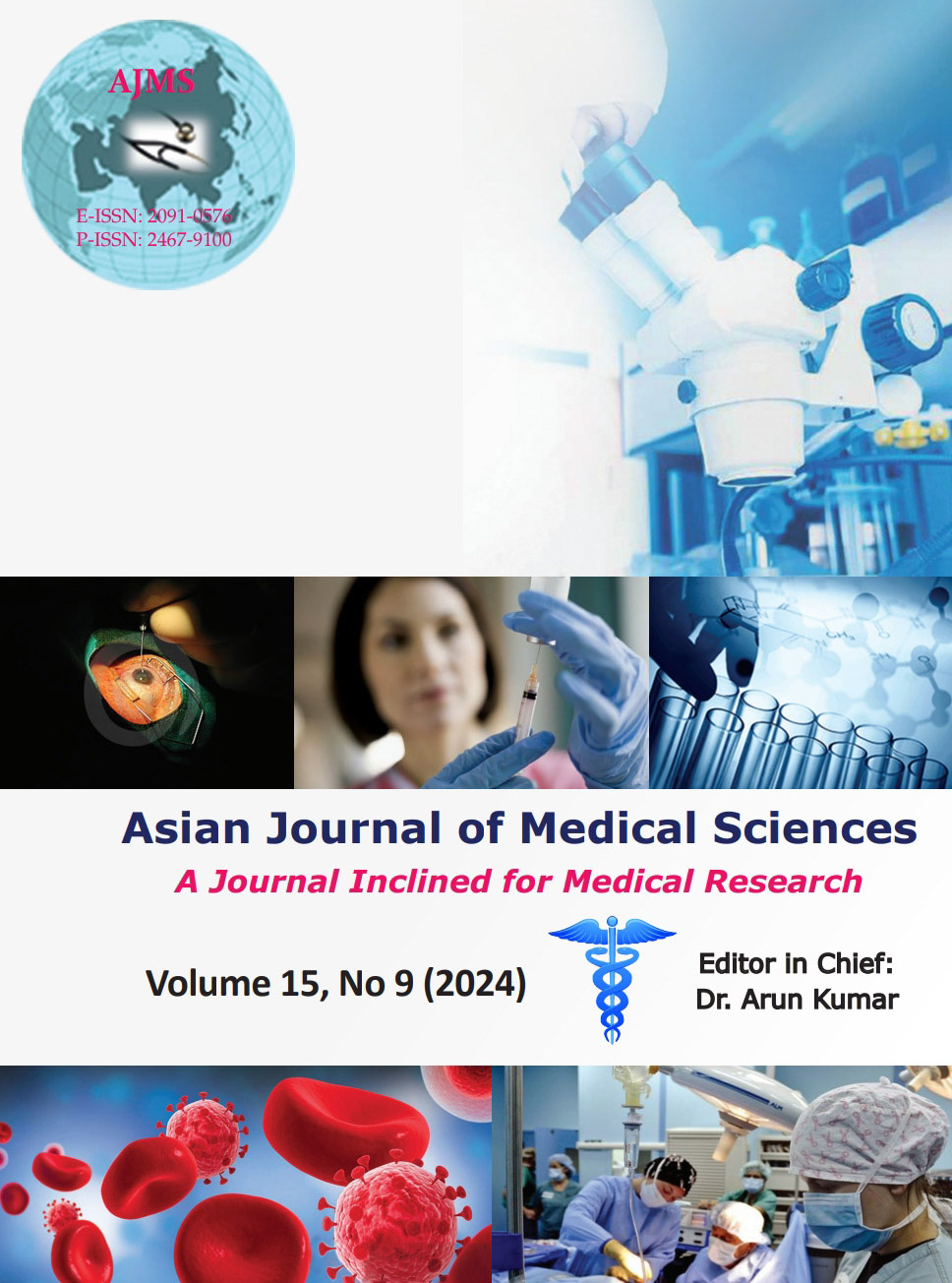Profile of spontaneous bacterial peritonitis in non-alcoholic fatty liver disease cirrhosis
Keywords:
Chronic liver disease; Culture positive; Non-alcoholic fatty liver disease; Ascites and spontaneous bacterial peritonitisAbstract
Background: Etiology of chronic liver disease (CLD) has an impact on the profile of spontaneous bacterial peritonitis (SBP) in terms of infection acquisition, resistance pattern, and treatment outcome.
Aims and Objectives: This study aimed to study infection acquisition, antibiotic resistance pattern, and treatment outcome in patients with non-alcoholic fatty liver disease (NAFLD) cirrhosis with SBP.
Materials and Methods: This observational prospective study was carried out in Government Medical College; Srinagar: over a period of 2 years from 2017 onward. We did analysis of patients with NAFLDs cirrhosis. We studied infection acquisition, antibiotic resistance pattern, and treatment outcome in this group of patients.
Results: Over 2-year period, 246 patients were enrolled. The mean age of patients was 57.09±13.90 years. Hepatitis B virus and NAFLD were the major etiological contributors to the burden of CLD amounting to 51.20% in Kashmir. SBP was present in 33/57 (57.90%) of NAFLD cirrhosis patients. Child-Turcotte-Pugh Class C was 63.60%. Patients with culture-positive SBP (CP-SBP) were 45.45%. In patients of SBP with etiology other than NAFLD, CP-SBP was 61% whereas culture-negative SBP was 38.77%.
Conclusion: In our region, NAFLD is one of the leading contributors to CLD. In this study, the trend toward worse treatment outcome and mortality in the patients with NAFLD SBP was observed.
Downloads
Downloads
Published
How to Cite
Issue
Section
License
Copyright (c) 2024 Asian Journal of Medical Sciences

This work is licensed under a Creative Commons Attribution-NonCommercial 4.0 International License.
Authors who publish with this journal agree to the following terms:
- The journal holds copyright and publishes the work under a Creative Commons CC-BY-NC license that permits use, distribution and reprduction in any medium, provided the original work is properly cited and is not used for commercial purposes. The journal should be recognised as the original publisher of this work.
- Authors are able to enter into separate, additional contractual arrangements for the non-exclusive distribution of the journal's published version of the work (e.g., post it to an institutional repository or publish it in a book), with an acknowledgement of its initial publication in this journal.
- Authors are permitted and encouraged to post their work online (e.g., in institutional repositories or on their website) prior to and during the submission process, as it can lead to productive exchanges, as well as earlier and greater citation of published work (See The Effect of Open Access).




